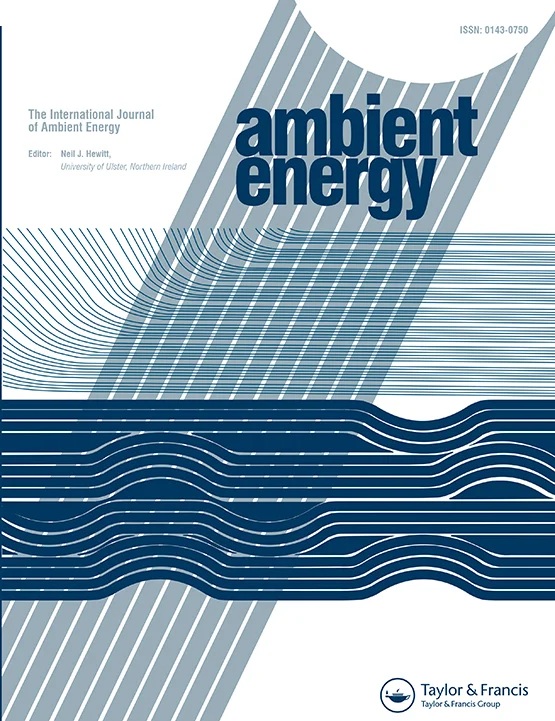DOI:
https://doi.org/10.1038/nature16512Altmetric score:
Dimensions Citation Count:
Publication year
2022
Authors
Poorter L; Bongers F; Aide T M; Almeyda Zambrano A M; Balvanera P; Becknell J M; Boukili V; Brancalion P H S; Broadbent E N; Chazdon R L; Craven D; De Almeida-Cortez J S; Cabral G A L; De Jong B H J; Denslow J S; Dent D H; DeWalt S J; Dupuy J M; Durán S M; Espírito-Santo, M.M.; Fandiño, M.C.; César R G; Hall, J.S.; Hernandez-Stefanoni J L; Jakovac, C.C.; Junqueira A B; Kennard D; Letcher S G; Licona J -C; Lohbeck M; Marín-Spiotta E; Martínez-Ramos M; Massoca P; Meave J A; Mesquita R; Mora F; Munõz R; Muscarella R; Nunes Y R F; Ochoa-Gaona S; De Oliveira A A; Orihuela-Belmonte E; Penã-Claros M; Pérez-Garciá E A; Piotto D; Powers J S; Rodríguez-Velázquez J; Romero-Pérez I E; Ruíz J; Saldarriaga J G; Sanchez-Azofeifa A; Schwartz N B; Steininger M K; Swenson N G; Toledo M; Uriarte M; Van Breugel M; Van Der Wal H; Veloso M D M; Vester H F M; Vicentini A; Vieira I C G; Bentos T V; Williamson G B; Rozendaal D M A
Language
English
Keywords
carbon sequestration, deforestation, tropical lowland, resilience, carbon cycle
Geographic
Brazil























